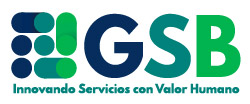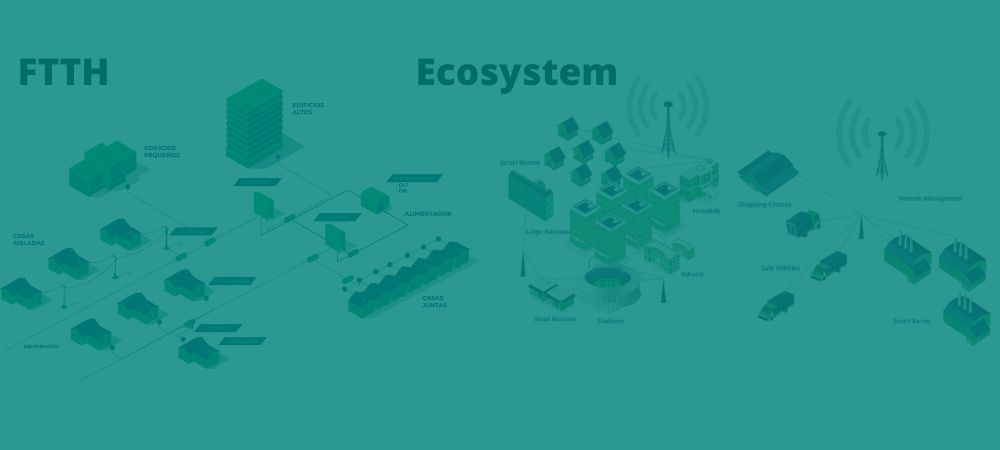 Teleworking or remote work, in a nutshell, refers to working in a place other than the office using Information and Communication Technologies (ICT).
Teleworking or remote work, in a nutshell, refers to working in a place other than the office using Information and Communication Technologies (ICT).
A new term is beginning to take hold in this field: SmartWork, where new ICTs that have arisen as a result of the emerging needs for communication and collaboration, in a massive and digital way, have a place. To this we can add agile mindset practices and we have
Agile SmartWork
.
On the other hand, during the Covid-19 period, the workplace often coincides with our home, a space that most of us share with our families. Some people present personal and family difficulties as a result of the pandemic, confinement, fear of contagion, how to manage uncertainty and the crisis in general. Opportunities are also presented, opening spaces and time for reflection, self-knowledge, learning, strengthening of values, among others.
To this we can add, that many of us have added hours to the workday, reporting having very busy and hectic days, not necessarily more productive.
Being productive involves performing priority tasks to achieve valuable objectives and goals efficiently, making optimal use of resources, your energy and your time.
Being productive requires a clear understanding of the purposes, objectives and goals, as well as the values and principles, both work and personal, in order to be able to identify which tasks are important, priority, those that give more value to your life and your work.
In this sense, maximize doing less, will give you more time for what’s important.
This is about Prioritize, that our to-do lists are headed by those things that give the most value, and that allow us to achieve or advance objectives and goals.
You can have short, medium and long term objectives, but in changing contexts and with a lot of uncertainty, it does not make sense to carry out exhaustive planning exercises, but rather to do short term plans (2 weeks), flexible and adaptiveWe have to adjust them to the realities of the moment in which they are executed, taking into account factors such as whether the prioritized tasks are ready to be performed, whether we have the capacity to undertake them in those 2 weeks, reflecting on what improvements to incorporate to reduce interruptions and waste that affect, or may affect, our productivity and that of our work teams.
The home workspace, it can be the difference between productive results or not. If you work with a laptop, think about the benefits of having a monitor, a webcam or a headset with a microphone, as well as a desk or table at a suitable height and an ergonomic chair where you can sit for several hours. Having the right elements will allow you to improve your health, your posture, and have better videoconferences.
And this brings us to the technology, and the convenience of using multi-device applications that work on smartphones, tablets, laptops and desktops, giving us the freedom to use the device that suits us best. The application suites from Microsoft Office 365 and Google offer a wide range of cloud applications. Of particular relevance are the applications for video calls as a group as Teams, Zoom, or Hangouts, as well as the instant messaging chats like Whatsapp or Slack, which facilitate constant communication and collaboration among team members, and with our family and friends.
Other relevant tools to boost our productivity are the collaborative dashboards, to organize and move our tasks through different states, such as Trello, and more professionally Jira, for organizing checklists, reminders and notes Google Keep, to facilitate dynamics with boards Mural and Miro, and to make retrospectives. FunRetro.
Lastly, being productive also depends on our motivation, of the domain we have about the task, from the autonomy we are able to perform, of the work environment, of the quality of the relationships, of the incentives and rewards, among other aspects that we value.
María Esther Remedios
@soy.agile.coach




